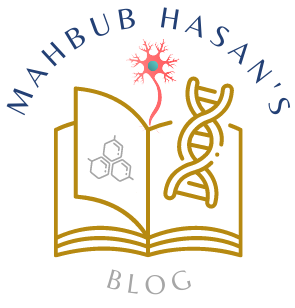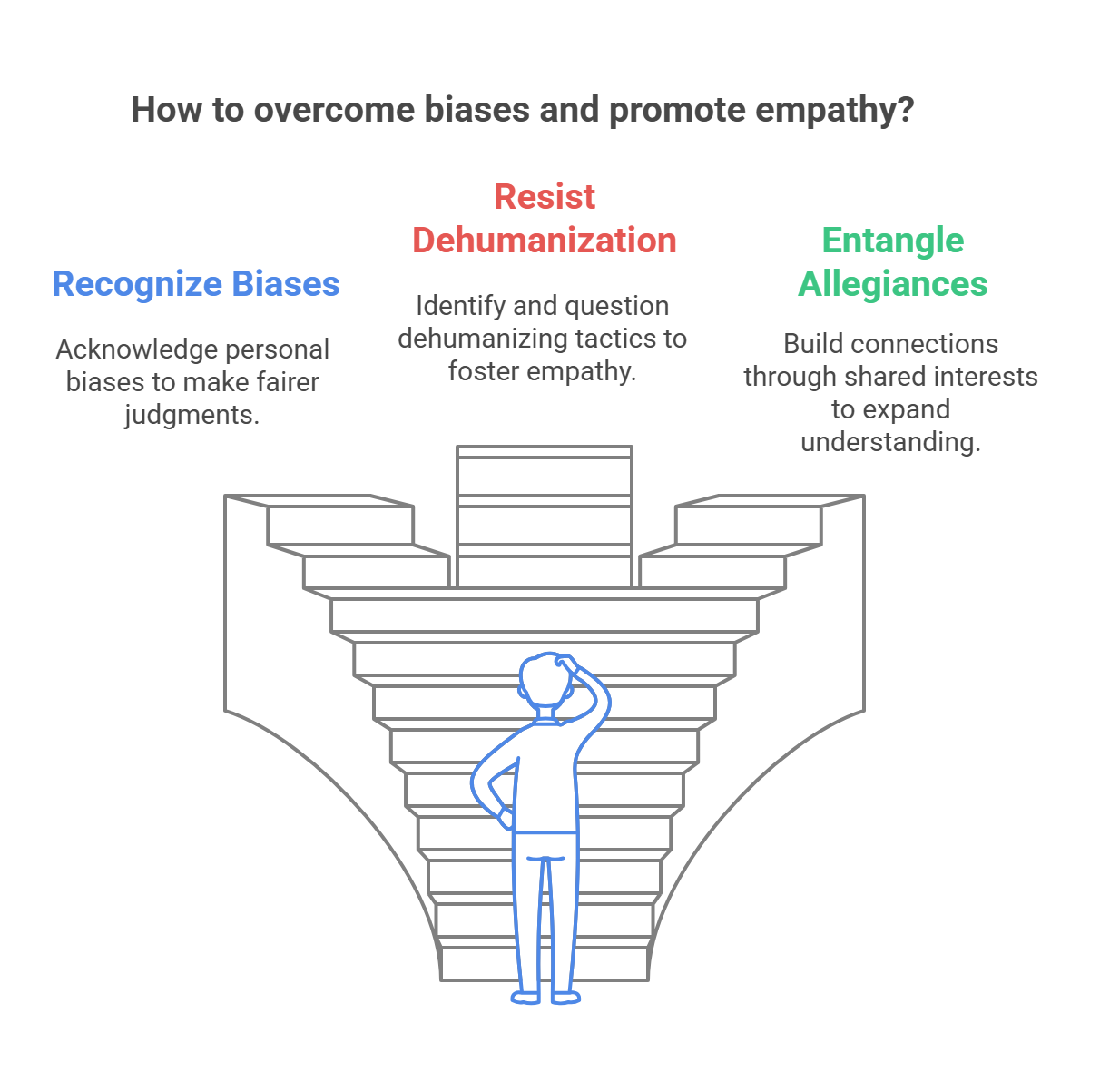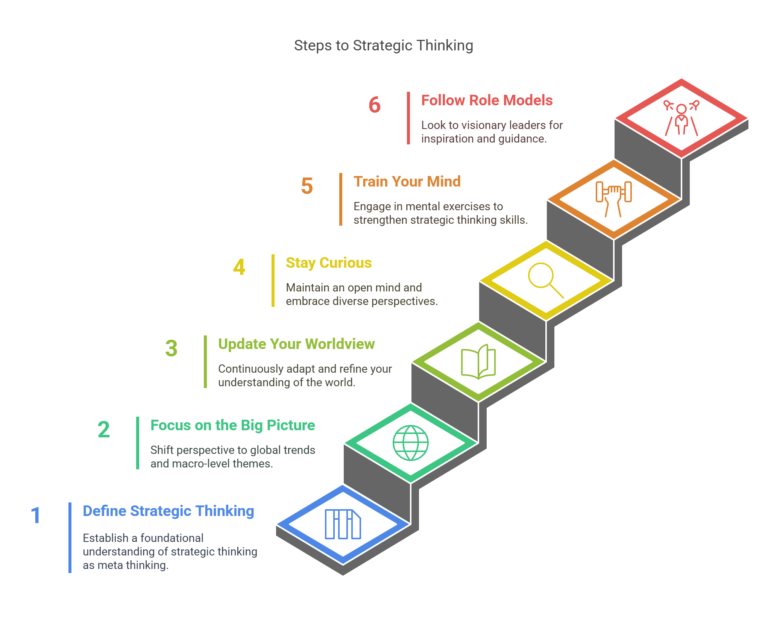Our brains are incredible, but they’re also deeply flawed. We’re wired to see the world through a narrow lens, shaped by our genetics, experiences, and environments. This lens creates biases that divide us—ingroups versus outgroups, us versus them. But what if we could reset these biases and build a society that’s more connected and empathetic? Here’s how we can start, inspired by insights from neuroscience and human behavior.
Why Our Reality Isn’t the Truth
We’re like data collectors, vacuuming up bits of experience as we move through life. Born in a specific place, raised in a particular culture, we stitch together a model of the world based on these fragments. But our experiences are limited. They’re just a tiny sliver of what’s out there. Yet, we often accept this sliver as the uncontested truth.
The problem? We’re stuck inside our internal model. It’s all we see. Science, literature, and philosophy help us step outside ourselves, showing us that our way of seeing isn’t the only way. Recognizing this is the first step toward a better society—one that values diverse perspectives and challenges its own assumptions.
The Brain’s Wiring: Half-Baked and Flexible
When we’re born, our brains are half-baked, molded by genetics and then sculpted by experience. The culture, beliefs, and people around us wire our brains in unique ways. This flexibility is a gift—it lets us adapt to any time or place—but it also means we absorb biases from our surroundings. Your neighborhood, your parents, your culture’s deities—they all shape who you become.
Genetics add another layer. Small tweaks in your DNA can change how you perceive the world. For example, if I ask you to picture an ant crawling on a red and white tablecloth toward a jar of purple jelly, you might see a vivid movie in your mind—or just a vague concept. These differences in perception, driven by genetics and experience, mean no two people experience reality the same way.
Ingroups, Outgroups, and Empathy’s Limits
Our brains are wired to form ingroups—groups we trust and care about—and outgroups, those we view with suspicion. This tendency likely evolved from tribal life, where knowing your allies was critical for survival. Today, we form ingroups based on nationality, religion, or even sports teams. We care deeply about “our people” but often feel indifferent—or worse—toward others.
This shows up starkly in empathy. Studies, like one conducted in a neuroscience lab, reveal that our brains respond more strongly when someone from our ingroup is harmed compared to an outgroup member. In brain scans, when an ingroup member was “stabbed” (in a simulation), pain-related brain areas lit up. For outgroup members? The response was weaker. This isn’t about religion or race—it’s about how we categorize “us” versus “them.”
In conflicts, this bias turns people into objects. When we dehumanize others, our brains barely register their humanity. The medial prefrontal cortex, key for understanding others as people, stays quiet. This is why wars and divisions persist—our internal models keep us locked in.
Perceptual Genomics: How Our Genes Shape Our Worldview
Perceptual genomics is an emerging field that explores how slight variations in our genome influence the way we perceive the world. Each person’s DNA contains subtle differences, and these differences impact how we experience reality. For instance, if I ask you to imagine an ant crawling on a red and white tablecloth toward a jar of purple jelly, you might vividly see a movie in your mind, or you might only grasp a vague concept. Such variations—how clearly you visualize something—are partly determined by your genes. Perceptual genomics seeks to understand how these genetic tweaks create unique experiences of reality for each of us, paving the way for greater empathy and a more connected society.
Three Strategies to Reset Our Biases
The good news? We can expand our models and reduce bias. Here are three practical strategies to start:
1. Recognize and Blind Your Biases
The first step is admitting we’re biased—it’s universal. We can’t see the full picture, and our brains build fence lines around what’s familiar. To counter this, we can “blind” our biases, much like orchestras did by holding auditions behind screens. By focusing on shared humanity rather than differences—gender, race, or beliefs—we make fairer judgments. In daily life, this might mean pausing to question snap judgments about someone “different” and seeking common ground instead.
2. Resist Dehumanization Tactics
Dehumanization thrives on tactics like “moral pollution,” where groups are smeared to seem repulsive. Think of propaganda that paints an outgroup as evil or dirty—it makes us dismiss them without thought. By learning to spot these tactics, we can resist them. Next time you hear a group stereotyped, ask: Is this fair? What’s the evidence? This builds immunity to division and opens the door to richer, more empathetic models of others.
3. Entangle Your Allegiances
Complexifying group membership is about finding shared passions. If you meet someone and discover you both love surfing or have the same taste in dogs, you bond. Those connections create deeper ties, so when disagreements arise, you’re curious, not defensive. You might say, “That’s interesting—tell me more,” instead of shutting down. Seek out diverse conversations, join new communities, and let these bonds expand your ingroup to include more of humanity.
Building a Better Society
Traveling the world or meeting new people naturally broadens our models, but we don’t need a passport to start. It begins with awareness—knowing our brains are wired for bias and that our reality isn’t the only one. From there, we can blind our biases, resist dehumanization, and build deeper connections.
The goal isn’t to erase differences but to see others as fellow humans, each with a unique inner world. By doing this, we create a society that’s not just tolerant but truly empathetic—one where disagreements spark curiosity, not conflict. It’s a long road, but every step counts.
Let’s commit to resetting our biases, one interaction at a time. Together, we can build a world that’s richer, kinder, and more connected.





